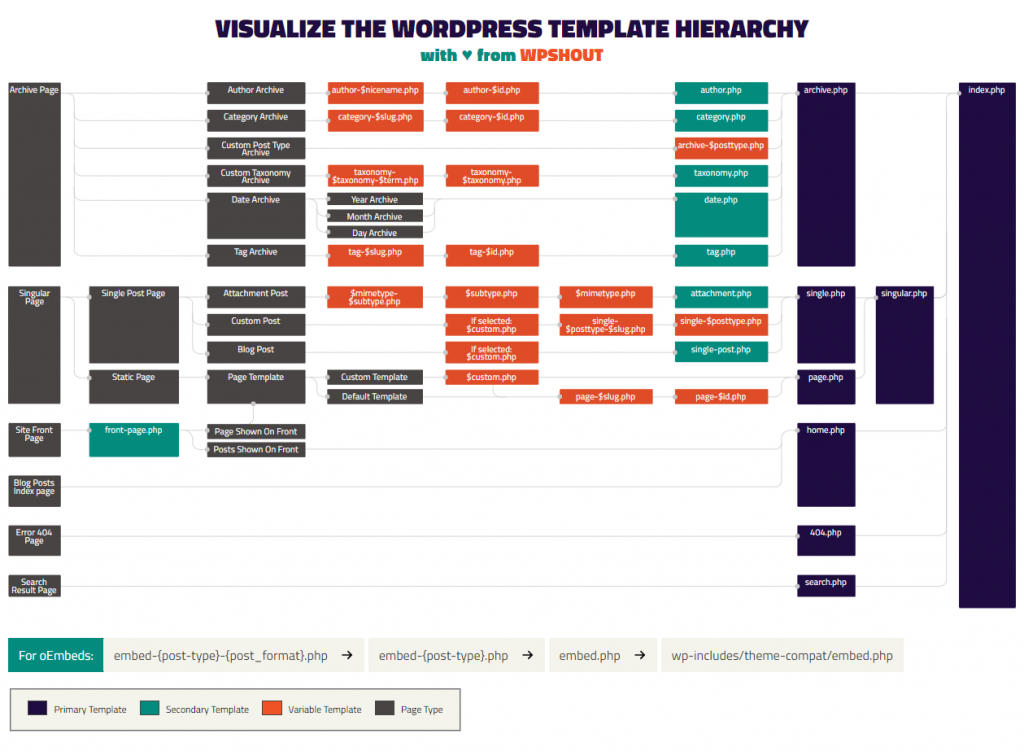1. You’re the lead developer on a new project that requires a CMS (content management system). What tech stack would you use and why?
Generally I would make sure that whatever stack I chose didn’t create issues with updates in the future. Who will be doing future updates? What technologies do those employees already know? I would get an overview of what they are doing now and where they want to be in the future technology wise. So I’d first follow the direction of the current environment around me.
Otherwise because I know the LAMP stack, I’d be choosing this option since I can follow in more detail.
There are two major CMS I would choose from: Drupal or WordPress
If the project needs to have a customized website that needs to handle a lot of data I’d choose this as WordPress we are usually installing ACF to deal with fields. Drupal has a better method built into their CMS.
WordPress I’d choose for most other websites as you can still customize everything and there is a lot of documentation online and many people who know how to develop in WordPress.
For retail websites I may choose Shopify since they focus on ecommerce only.
2. (scenario) : We’re creating a blogging platform for teams in government departments who want to publish articles on a regular basis. We are using a WordPress multisite installation so that we can create a new instance per team and let them self-administer. We want to improve the flow for adding new users. The following questions relate to the end-to-end developer experience of creating a new flow for adding users (eg, user roles, database structure, data input, testing changes). They are oriented towards WordPress but are generic enough to be relevant to any CMS framework.
3. (scenario): We have a small web application which is missing functionality and has some bugs. We need your help. The current page looks like https://codesandbox.io/s/pedantic-fast-2pcw9
Figure out the database structure of multisites
Do unit tests for WordPress and React


